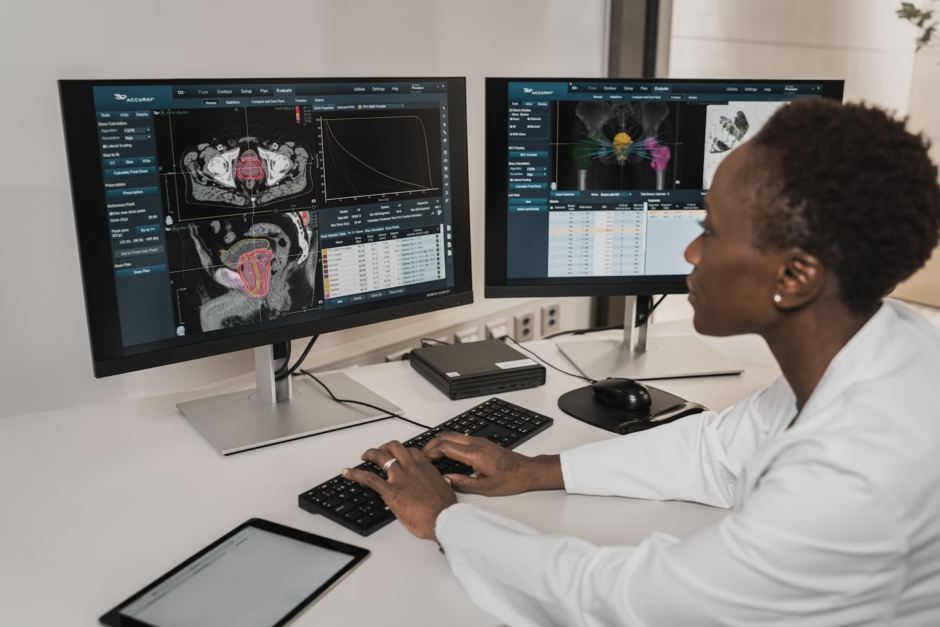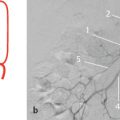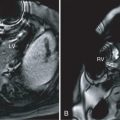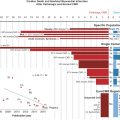
Diagnostic or medical imaging has come a long way from the 1895 discovery of X-rays by the German professor, Wilhelm Rontgen. In 2024, the diagnostic imaging market was valued at $47.81 billion. Since it is showing a steady CAGR of 4.8%, the market could become $76.69 billion by 2034.
Given the journey of this breakthrough medical technology, it can be rightfully called the radar system of frontline care. Using diagnostic imaging, healthcare professionals can scan beneath the surface to detect what the eye cannot see.
During critical moments, a timely X-ray or CT scan can mean the difference between stabilization and rapid deterioration. This article will explore how diagnostic imaging has become the lifeline of frontline care, shaping outcomes and refining the pace of clinical interventions.
Diagnostic Imaging as the Backbone of Clinical Decision-Making
Diagnostic imaging technology aims to help frontline care providers see the structures inside the human body. Using the images obtained, a radiologist can:
- Diagnose the cause of a patient’s symptoms
- Screen them for different illnesses, including cancer
- Monitor how well their body is responding to a particular treatment
MedlinePlus discusses the most common types of diagnostic radiology examinations. These include Magnetic Resonance Imaging (MRI), Computed Tomography (CT) scans, fluoroscopy, mammography, and even basic X-rays.
As an example, consider a patient who has acute abdominal pain. Without diagnostic imaging, their diagnosis would hang between bowel obstruction, kidney stones, and appendicitis. A timely CT scan will narrow down the differential diagnoses, guiding immediate and accurate treatment, be it surgical or medical.
In urgent care and emergency centers, diagnostic imaging is typically the gateway to proper intervention. Clinical ambiguity turns into actionable clarity as radiology helps identify fractures, internal bleeding, and even illnesses like pneumonia and pulmonary embolism.
Radiology’s Importance in Acute Care
This deserves a separate mention because nowhere is the value of diagnostic imaging more evident than in acute and emergency care settings. For instance, a significant rise in CT scans was observed during the COVID-19 pandemic, 116.4% to be precise.
This positive growth remained, being 88% higher than pre-pandemic levels. In similar situations where minutes matter, medical imaging provides the crucial data needed to confirm or rule out life-threatening conditions.
As frontline care is becoming increasingly dependent on high-speed imaging tools, healthcare education has also begun to adapt. For instance, the need for imaging literacy amid nursing shortages has given rise to unique accelerated Bachelor’s in Nursing (ABSN) programs.
Despite being fast-track courses, these programs cover essentials like the interpretation of diagnostic imaging results. Even online ABSN programs are popular because the digital learning format mirrors the rapid digitization of healthcare itself.
According to Rockhurst University, students get the opportunity to apply nursing principles in lab and clinical settings, too. The hybrid approach of modern education makes graduates uniquely prepared for today’s fast-paced, image-driven clinical (acute) environments.
Medical Imaging as a Shared Resource
Another key role that diagnostic imaging plays in frontline care has to do with the fact that it does not operate in isolation. In contrast, this approach is a shared clinical resource that connects multiple disciplines across the care continuum.
In other words, medical imaging is relied upon by emergency physicians, surgeons, nurses, radiologists, and allied health professionals. This helps in coordinating patient care effectively and quickly.
Everyone in the care team needs medical imaging for different reasons. However, the entire process from accurate diagnosis to treatment depends on the imaging results overall.
The radiologist will interpret the image and provide detailed reports. The physician will use the shared insights to develop relevant treatment plans. The surgeon also relies on imaging results to map out accurate procedures. The structural findings go as far as helping rehabilitation specialists tailor appropriate recovery programs.
Once the diagnosis and treatment procedures have been decided, nurses enter the picture. Even these frontline professionals integrate imaging information into daily care. They monitor patients before, during, and after the imaging for potential complications.
Another crucial role nurses play is that of advocates, communicating concerns to physicians if imaging results need urgent changes. The shared engagement fosters a multidisciplinary approach, enhancing communication and ultimately, patient outcomes.
Realistic Examples
Let’s look at some examples that demonstrate how medical imaging serves as the lifeline of frontline care across different settings.
Stroke Diagnosis in Emergency Rooms
Time is a critical factor for stroke patients. CT scans and MRI imaging are used immediately upon arrival to distinguish between ischemic and hemorrhagic attacks.
Without imaging, there’s the risk of administering the wrong treatments. Take the example of blood thinners for a hemorrhagic stroke, which could be fatal.
Timely imaging helps in administering clot-busting medications within the golden hour, thereby improving outcomes.
Sepsis Source Identification
In patients with sepsis, medical imaging is used to identify the source of the infection, which may include:
- An abscess (usually found using a CT scan or an ultrasound)
- Biliary obstruction (visible on ultrasound)
- Pneumonia (shown via X-rays)
Early identification helps with promising interventions like surgical drainage or targeted antibiotic therapy. If imaging is not used, fatal outcomes may occur due to wrong or delayed treatment, septic shock, or organ failure.
Trauma Assessment in Multi-Injury Accidents
In trauma centers, a full-body scan is usually done for victims of car accidents or slip-and-fall events. The scan is done at the earliest to quickly reveal signs of internal bleeding, organ damage, or fractures.
This enables surgeons to prioritize life-saving interventions on time. Moreover, multiple physical examinations, which could delay treatment, can be avoided.
From acute care settings to outpatient clinics and rehabilitation centers, diagnostic imaging is continuously aiding frontline professionals. Artificial Intelligence (AI) has disrupted the space, assisting in image analysis and detecting urgent cases sooner.
The following predictions will govern diagnostic imaging trends in 2025 and beyond:
- Use of generative AI models with patient summarizations
- Advances in imaging solutions for those in rural areas
- A move from multimodality systems to more specialist tools for reporting and clinical AI
- A greater number of strategic partnerships, especially beyond domestic markets
Since the tools are expected to become more integrated and sophisticated, now is the time to embrace diagnostic imaging literacy. That’s how frontline teams can act with compassion, precision, and speed: qualities that define excellent patient care.
Stay updated, free articles. Join our Telegram channel

Full access? Get Clinical Tree








